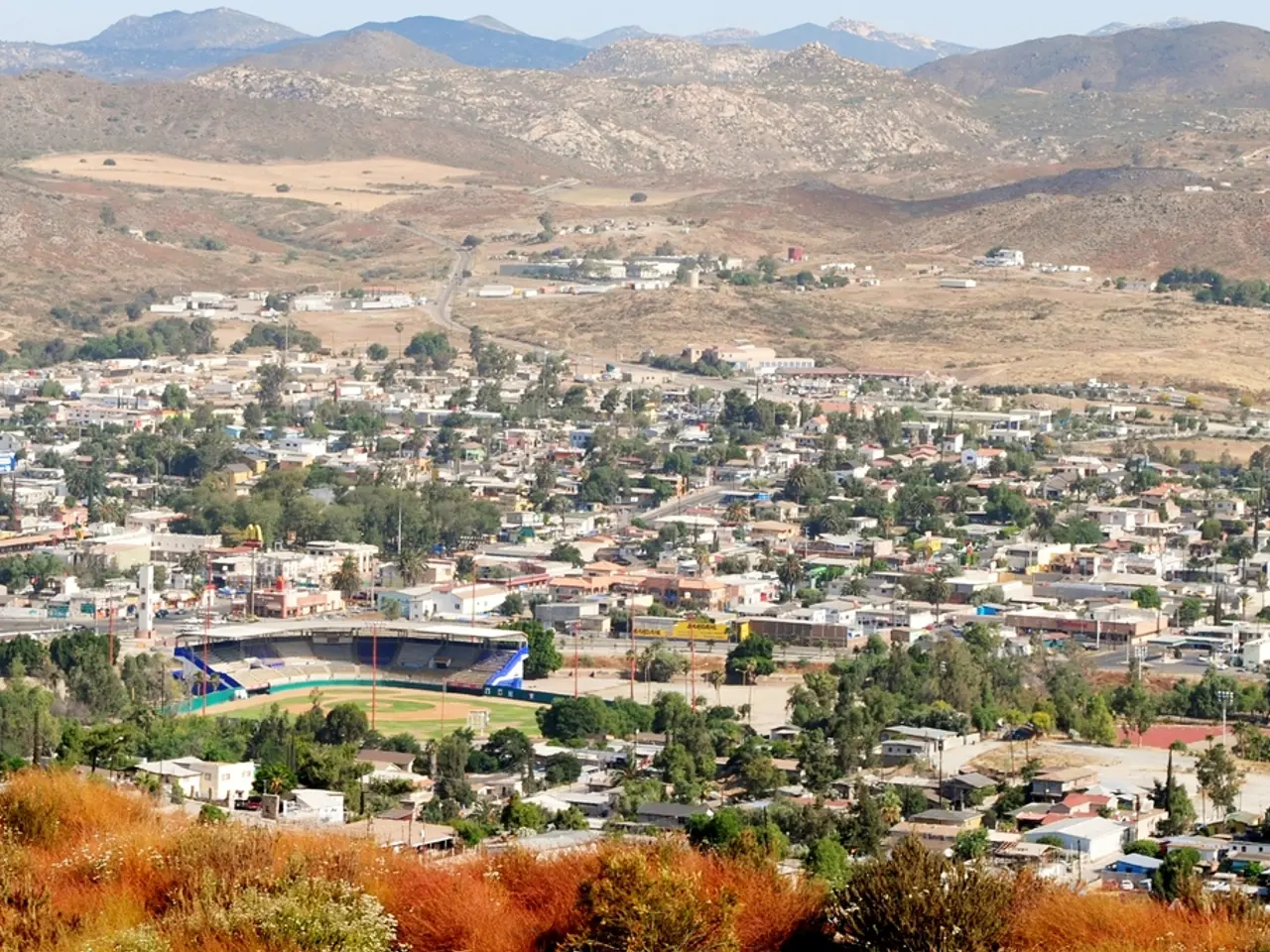Development of Strategies Targeted at the Unconscious Mind
In the 21st century, the ongoing life-science revolution is significantly impacting urban planning and city design. This transformation is enabling a deeper understanding of human behavior and emotional responses to built environments, fostering more human-centered, adaptive, and emotionally intelligent urban spaces that aim to enhance wellbeing and social vitality.
Key impacts of this revolution include the integration of behavioral and emotional data, human-centric design approaches, adaptive and resilient urban environments, and interdisciplinary collaboration.
Researchers and planners are increasingly using biometric sensors, AI, and data analytics to monitor how people physically and emotionally react to different urban settings. This allows for designs that better respond to human needs, moving away from purely functional infrastructure towards environments that promote mental health, social interaction, and safety.
The life-science revolution is also inspiring urban planning to shift towards more biology-inspired concepts such as feedback loops and adaptability, creating spaces that evolve with their inhabitants’ changing behaviors and emotions.
Interdisciplinary collaboration between urban planners, neuroscientists, psychologists, and data scientists is becoming increasingly common. These collaborations are influencing zoning, walkability, green space allocation, and the spatial organization of cities to support emotional wellbeing and community cohesion.
Traditional urban planning, which mainly focused on transportation and infrastructure, is being replaced by a more holistic approach that takes into account how people see and feel about their surroundings. Subconscious predispositions can now be tracked using affordable new tools, and planning is becoming increasingly trackable and quantifiable.
The life-science revolution is not only impacting economies but also reshaping lives. People tend to enjoy walking through dense urban settings like Manhattan but consistently shun barren landscapes like Boston's City Hall Plaza. Real-world, real-time data about emotional habits in the built environment can be collected today.
This evolving perspective is reflected in ongoing research efforts and innovations from groups like MIT’s City Science Lab, which are pioneering technologies and urban models informed by human behavioral data to design cities where people can thrive emotionally and socially.
The Organization for Economic Co-Operation and Development has labelled the 21st century as the "Age of Biology", reflecting the profound impact of life sciences on various aspects of our lives, including urban planning and city design. This revolution is enabling us to predict the human response to new developments, making our cities more responsive and adaptable than ever before.
- The integration of human-centric design approaches, inspired by neuroscientific and psychological insights, is resulting in urban spaces that prioritize mental health and well-being, aiming to create health-and-wellness-focused cities.
- The collaboration among urban planners, neuroscientists, psychologists, and data scientists is driving a shift towards a more comprehensive understanding of mental health in urban environments, with the goal of fostering resilient and adaptive cities that cater to these needs.




